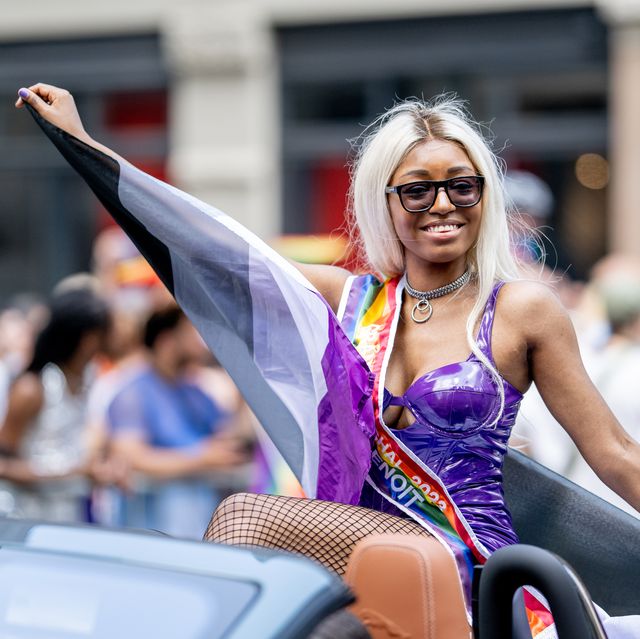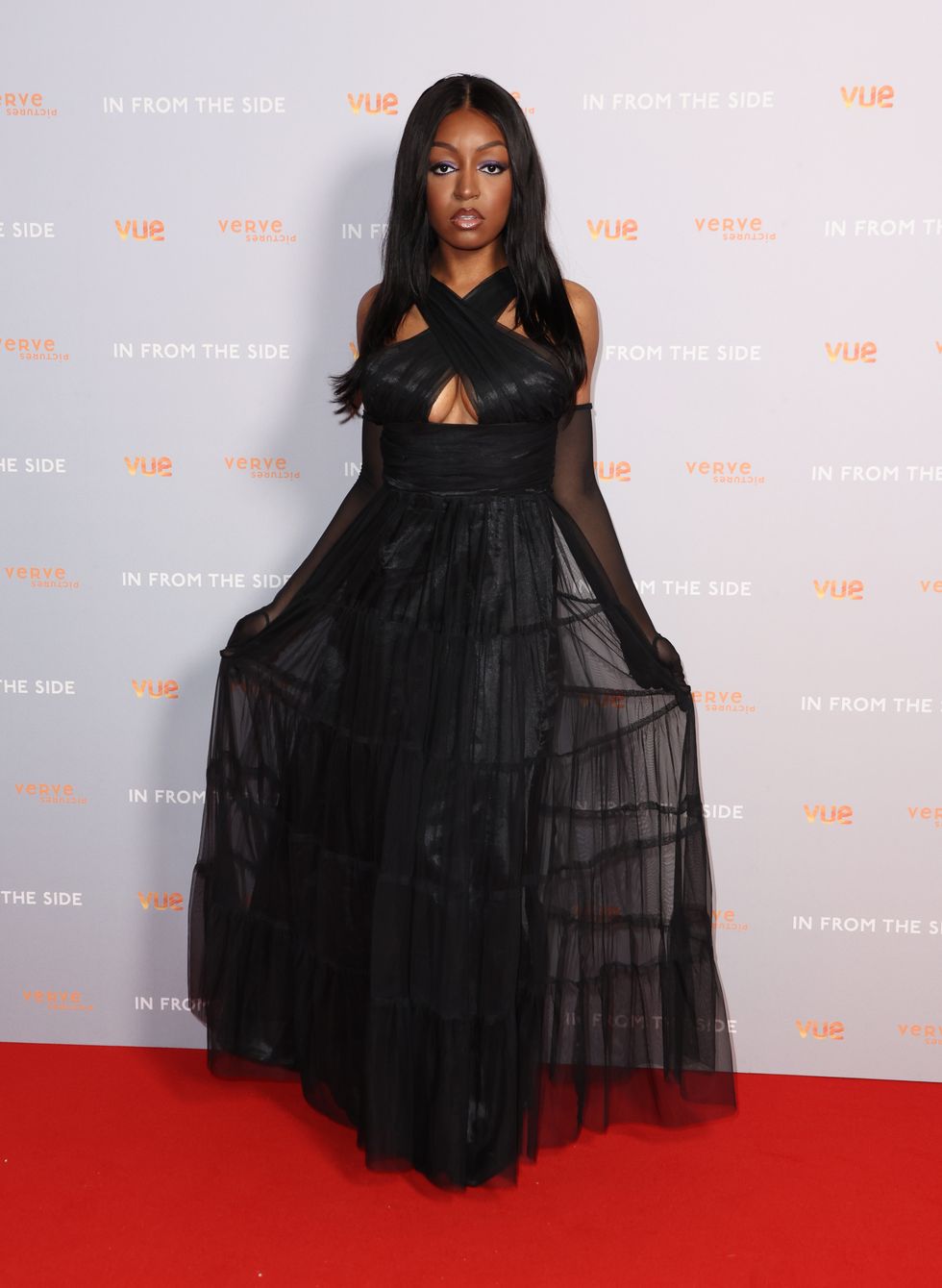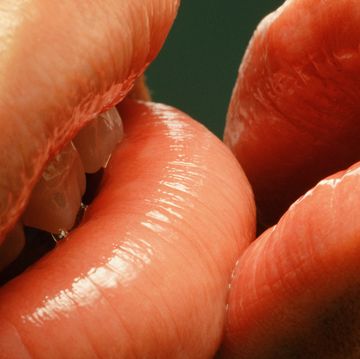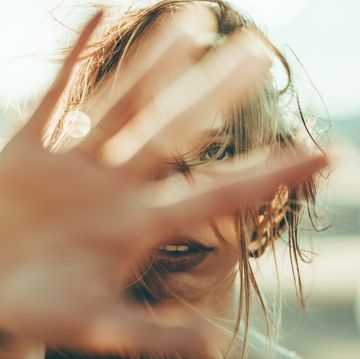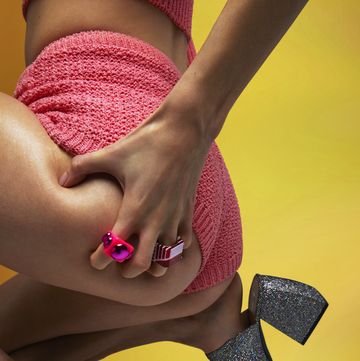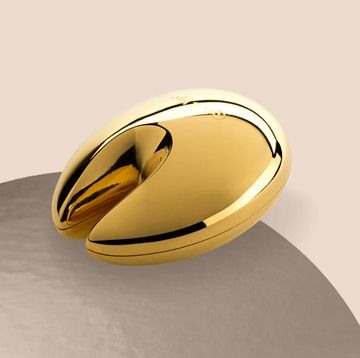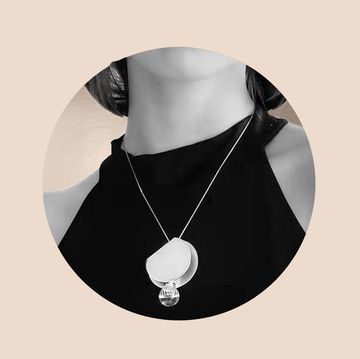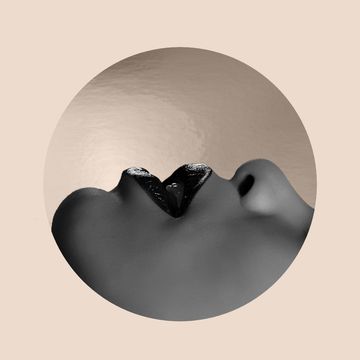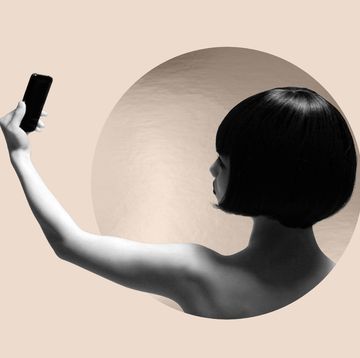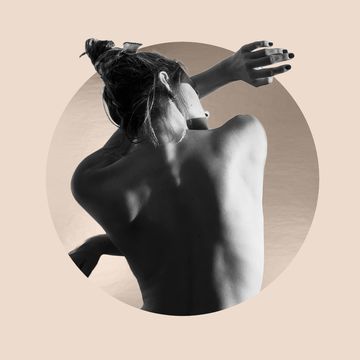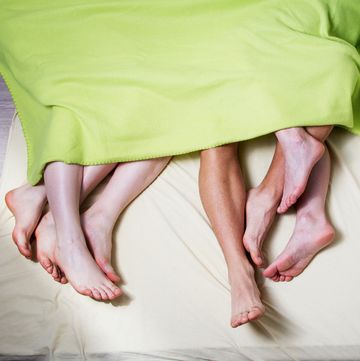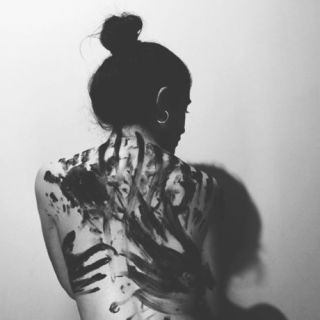I attended my first Pride event when I was 14 years old. It was my local Pride, and I was drawn to it purely for the funfair rides and the music. It was 2009 and all I knew about Pride was that it was supposedly for gay people who celebrated with rainbows. I was at the very beginning of discovering my identity; I realised I was asexual when everyone else realised that they weren’t – during early puberty.
As I approached my teenage years, people began to ask me what my sexual orientation was; I could never give them an answer. There was pressure for me to find one, otherwise I knew alternative explanations would be created for me – and they probably wouldn’t be good ones.
I hadn’t heard the term 'asexual', but many others were starting to. A few months prior to my first Pride experience, the Asexual Visibility and Education Network (also known as AVEN) became the first asexual group to participate in an American Pride march. Two dozen asexual people joined San Francisco Pride march. Asexuality was receiving its first burst of mainstream attention in the US and the orientation was met with skepticism, debate, and often ridicule, leading to the popularisation of misconceptions that asexuality was either a fad, a mental illness, a libido issue, or the side effect of some kind of personality flaw.
The mainstream spotlight on the community was relatively short-lived, and completely passed me by as a young British teenager. However, it left a legacy online, and that was where I first sought answers to other people’s questions about me. It was there that I discovered the term ‘asexual’, which means experiencing little-to-no sexual attraction towards anyone, regardless of their gender. Unfortunately, it wasn’t a term I was able to use or identify with straight away, even though I suspected that I was part of that group.
Not only did most people not know what asexuality was, when they did know, they didn’t believe me. Many had a hard time understanding that a Black girl could be asexual, not when we’re such a hypersexualised demographic. I didn’t make sense. I couldn’t exist.
Asexuality was entirely represented by, and associated with, white people (and often still is). I couldn’t relate to any of the asexual people I saw online, nor did anyone relate asexuality to me. I questioned whether I would fit into my own community and ended up going back in the closet when I was 18 after coming out was wholly unsuccessful.
I didn’t attempt to do it again until National Coming Out Day 2017. By then, I had been working as a model for a number of years, with the goal of bringing more diverse representation for Black women in the industry. I realised that I could use the platform I gained for my modelling to be the Black asexual representation I never had. I made a tongue-in-cheek YouTube video about all the rude comments I had received in the past. It wasn’t something I expected people to care so much about, but it turned out that there was a thirst for asexual visibility that broke the mould.
People were intrigued to see an asexual person who wasn’t a pale teenage wallflower or an awkward white guy in his thirties, archetypes that often ignore the diversity of the asexual community or the intersectionality that many of us have.
While I was ‘out’ online, those in my personal life still hadn’t accepted my orientation. That didn’t happen until November 2019, a decade after I first attended Pride. A national newspaper published an article about my asexual activism and modelling work, and suddenly, I was believed. I was a Black, asexual woman out in the public eye.
I had the opportunity to be the change I wanted to see. I was able to bring asexuality to new spaces, becoming the first asexual person on a mainstream magazine cover in the UK. I opened the first asexual pop-up bar at London Pride, launched the UK’s first asexual rights initiative with Stonewall, co-founded International Asexuality Day, and started the #ThisIsWhatAsexualLooksLike movement for diverse asexual representation and visibility.
The reception was mixed. Once again, I received the message that the space I existed in wasn’t for me – that I shouldn’t exist. I quickly realised that the responses to me as Black asexual woman were different to that of my white asexual peers. It was after one of my first media appearances as an ‘out’ asexual that I received my first rape threat, which was coupled with, ‘I hope you get deported’. Now, receiving sexually explicit, racially aggressive, abusive messages has become a normal part of my life. Sometimes, the abuse comes from within the queer community, who believe that asexual people shouldn’t be welcome in queer spaces. Sometimes, it comes from within the asexual community, as some would prefer that their representation wasn’t Black.
My appearance is still a point of contention. My Blackness makes me inherently hypersexual, features I cannot change. My self-expression through fashion is supposedly teasing. My occupation as a model is apparently hypocritical. Media headlines prefer to focus on me being sexy and sexually unattainable – in a bid to rile up their male audience – rather than my work to get the asexual community legislative protection. But none of this has stopped me from persevering. This year, I was invited to be a grand marshal at NYC Pride – joining the likes of Billy Porter to open the USA’s biggest Pride festival. It’s the first time an asexual person has performed this role, and it makes a powerful statement about asexual inclusion as part of the LGBTQIA+ community and Pride.
It is also a sentimental moment for me, as someone who wasn’t seen, included or believed to be given such a prominent role in front of 2 million people. But it wasn’t just about me. I was there to represent a community of people who are often forgotten during Pride Month, who aren’t always recognised as being part of the queer community. I was there to represent the Black asexuals, whose intersection isn’t always recognised. I was there to represent the aromantic who don’t experience romantic attraction, and I was there to set a precedent for the future.
